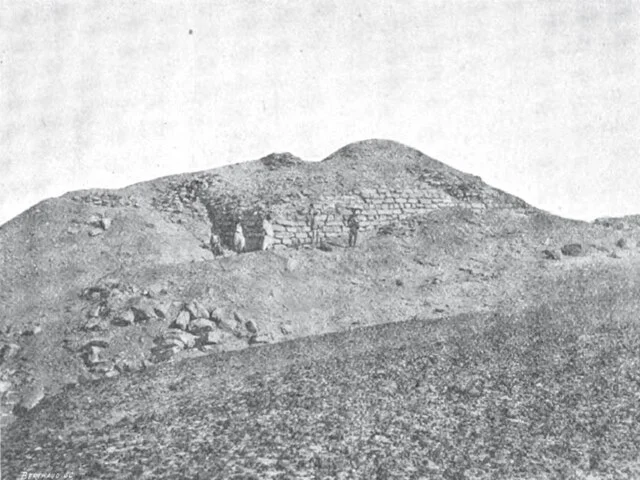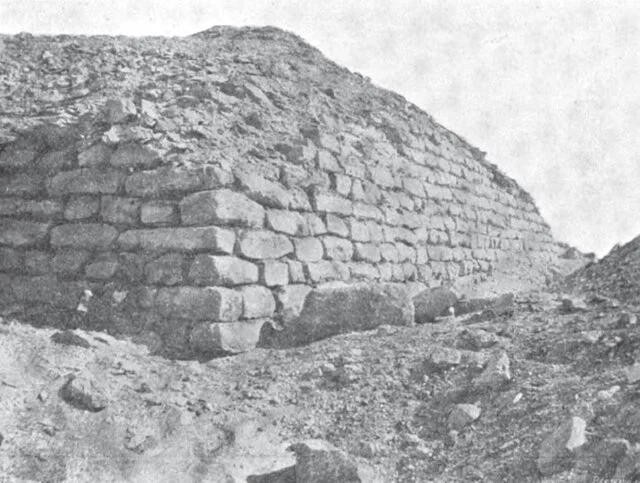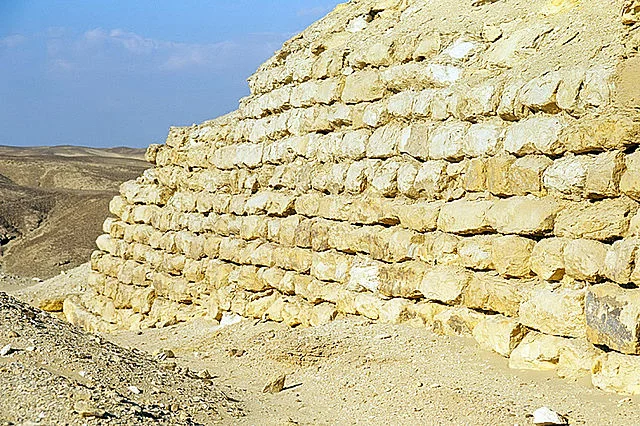The Pyramid of Seila, located in Egypt, is a notable archaeological site from the Middle Kingdom period. This pyramid reflects the architectural and cultural advancements of ancient Egypt.
Get your dose of History via Email
Historical Context

The Pyramid of Seila dates to the 12th Dynasty, around 1900 BC. It is attributed to Pharaoh Amenemhat II, the fourth ruler of the 12th Dynasty. His reign lasted from approximately 1929 to 1895 BC. This period is marked by stability and prosperity in ancient Egypt. The construction of pyramids during this time reflects the centralized power of the pharaohs.
Architectural Features

The Pyramid of Seila has a square base, with each side measuring about 100 meters. Originally, it stood approximately 30 meters tall. However, it has suffered from erosion and stone robbing over the centuries. The pyramid is built from local limestone, which was readily available in the region.
The structure features a series of burial chambers. Archaeologists believe these chambers housed the remains of the pharaoh and possibly members of his family. The interior layout is similar to other pyramids from the same era. This similarity highlights the common architectural practices of the time.
Location and Significance

The Pyramid of Seila is situated near the village of Seila, southwest of the city of Cairo. Its location is strategic, as it is close to the Nile River. The Nile provided essential resources for construction and transportation.
The pyramid’s significance lies in its representation of the Middle Kingdom’s architectural advancements. It showcases the evolution of pyramid construction techniques. These techniques influenced later pyramid designs, including those from the New Kingdom period.
Excavations and Discoveries

Archaeologists have conducted several excavations at the Pyramid of Seila. These excavations revealed numerous artifacts, including pottery, tools, and jewelry. Such discoveries provide insight into the daily lives of the people during the Middle Kingdom.
The pyramid complex also includes a mortuary temple. This temple was dedicated to the worship of the deceased pharaoh. Rituals and offerings were made to ensure a successful journey to the afterlife.
Conclusion
The Pyramid of Seila stands as an important testament to ancient Egyptian civilization. Its architectural features and historical significance contribute to our understanding of the Middle Kingdom. As research continues, scholars will uncover more details about this remarkable site. The Pyramid of Seila remains a valuable resource for historians and archaeologists alike.
Source:

